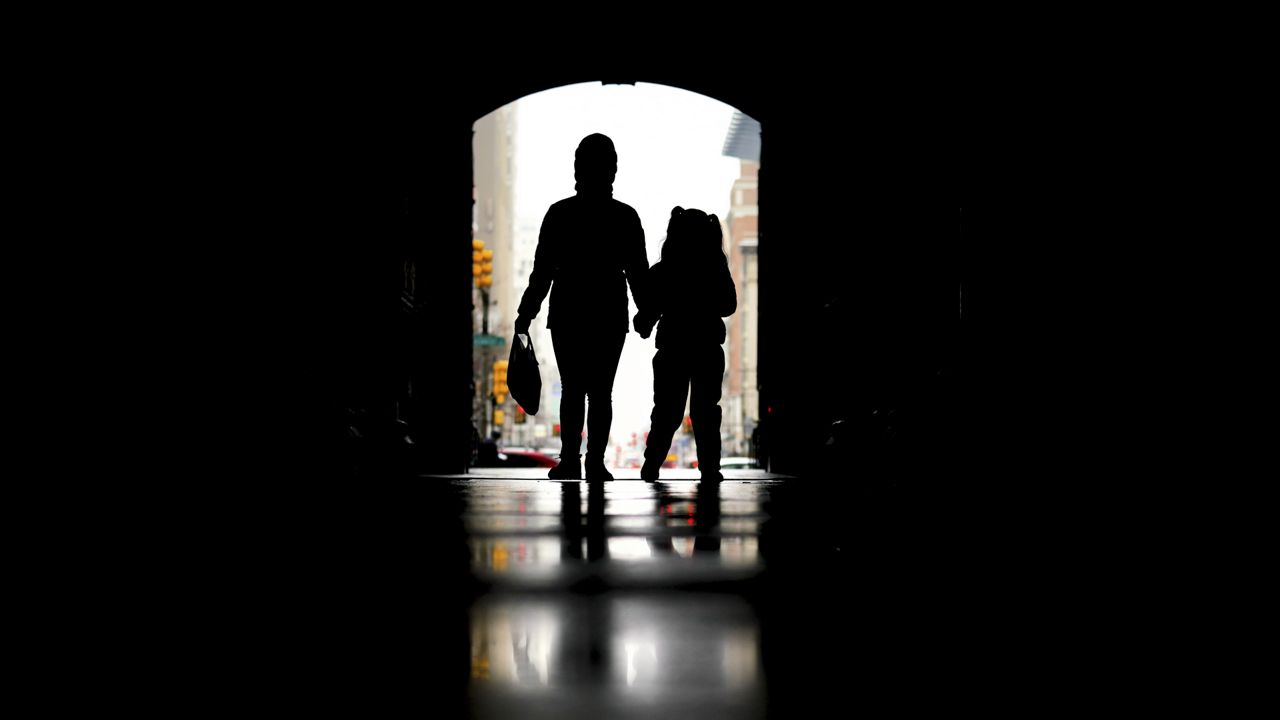The U.S. Preventive Services Task Force on Tuesday recommended health care providers screen children as young as eight years old for anxiety, the first time the medical group has issued such guidance for children so young.
The new guidance applies to individuals between the ages of 8 - 18 who “do not have a diagnosed anxiety disorder and who are not showing recognized signs or symptoms of anxiety,” saying research has shown there is a moderate net benefit when screening for anxiety in children so young.
“Anxiety disorders in childhood and adolescence are associated with an increased likelihood of a future anxiety disorder or depression,” the task force noted in part. While its guidance does not necessitate regulatory change, the task force is made up of over a dozen well-respected doctors from established treatment facilities across the country, and works to improve patient-related health outcomes by updating its recommendations through evidentiary review.
The update reflects a dire mental health crisis among American youth, one that was in motion before COVID-19 but was exacerbated by the social isolation, stress and a national dearth of qualified counselors brought on by the pandemic.
According to data from the U.S. Centers for Disease Control and Prevention, pediatric mental health-related emergency room visits increased dramatically starting in April 2020, and remained elevated through at least October of the same year. Mental health–related visits for children aged 5–11 increased by 24% compared to 2019, with such visits for 12–17 year olds rising approximately 31% in the same time period.
A separate CDC study showed that from Feb. 21–March 20, 2021, suspected emergency room visits for suicide attempts among girls aged 12–17 increased by over 50% compared to 2019; the same visits for boys aged 12–17 increased by just above 3% in the same time frame.
According to the 2018 - 2019 National Survey of Children’s Health, just under 8% of adolescents between the ages of 3 - 17 were diagnosed with a current anxiety disorder.
Still, the task force said there is insufficient evidence to infer the usefulness of screening children below the age of 8 for anxiety.
“Evidence on the accuracy of screening tools and the effects of screening and treatment in this younger age group is lacking, and the balance of benefits and harms cannot be determined,” the group wrote.
The task force also recommended individuals aged 12 and up be screened for depression, a continuation of its guidance from 2016.
The American Psychiatric Association recognizes seven different types of anxiety disorders: generalized anxiety, social anxiety, panic disorder, agoraphobia, specific phobias, separation anxiety and selective mutism.
The task force recommends a variety of different screening tests for children based on the type of anxiety disorder, though the two most commonly-used practices are the Screen for Child Anxiety Related Disorders, which tests for generalized anxiety and other anxiety disorders, as well as the Social Phobia Inventory, which looks for a specific anxiety disorder.
But USPSTF also said anxiety screening tests alone are “not sufficient to diagnose anxiety,” saying a positive result means a “confirmatory diagnostic assessment and follow-up is required.”
The group also noted that certain subgroups of children – particularly those experiencing “poverty and low socioeconomic status” – are at higher risk of poor mental health outcomes.
Marginalized students were (and remain) at an increased risk of experiencing mental difficulties without having access to adequate care. Officials from the Department of Education recently stated: “To be clear, racism, not race, is a critical risk factor for mental health concerns and poorer outcomes.”
Even before the pandemic, youth who experienced homelessness were both more likely to experience mental health issues, but less likely to seek help for those problems. Food insecurity is also closely associated with heightened instances of mental health issues; as access to healthy food became increasingly difficult during the pandemic, experts noted an uptick in adolescent mental health problems.
Tuesday’s recommendation also noted that LGBTQ+ youth are also more likely to develop mental health disorders like anxiety and depression.
The Trevor Project’s 2022 National Survey on LGBTQ Youth Mental Health, released in May, surveyed 33,993 individuals between the ages of 13 - 24 who self-identified as a member of the LGBTQ+ community. Of the respondents, around 45% said they had “seriously considered” suicide in the past year, and at least 14% had attempted suicide in the same time frame.
Those numbers change when separated by various age groups and other demographics. Exactly half of those between the ages of 13 - 17 reported feeling suicidal ideation, compared to 37% of individuals aged 18 - 24. Native and Indigenous respondents of all ages were more likely to have experienced such feelings, with 55% saying they had contemplated suicide compared to 43% of white respondents.
Even more LGBTQ+ youth reported feelings of anxiety or depression in the past year, according to the Trevor Project.
Data shows 73% of respondents reported anxiety-related symptoms while around 58% reported feelings of depression within the past year.



